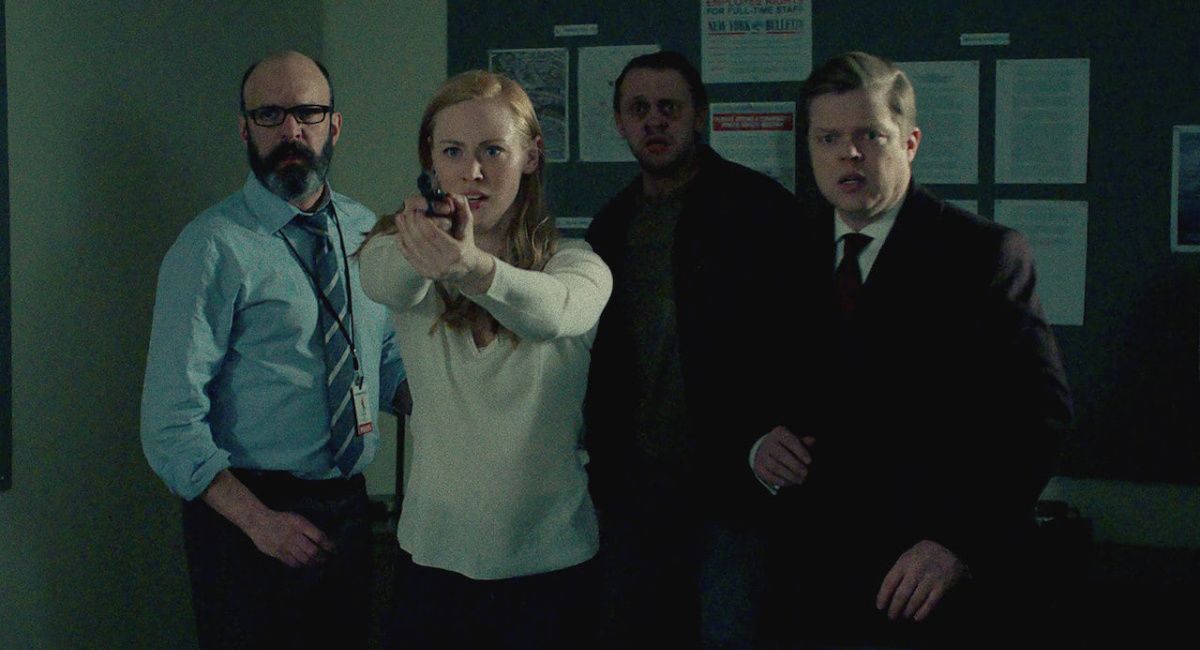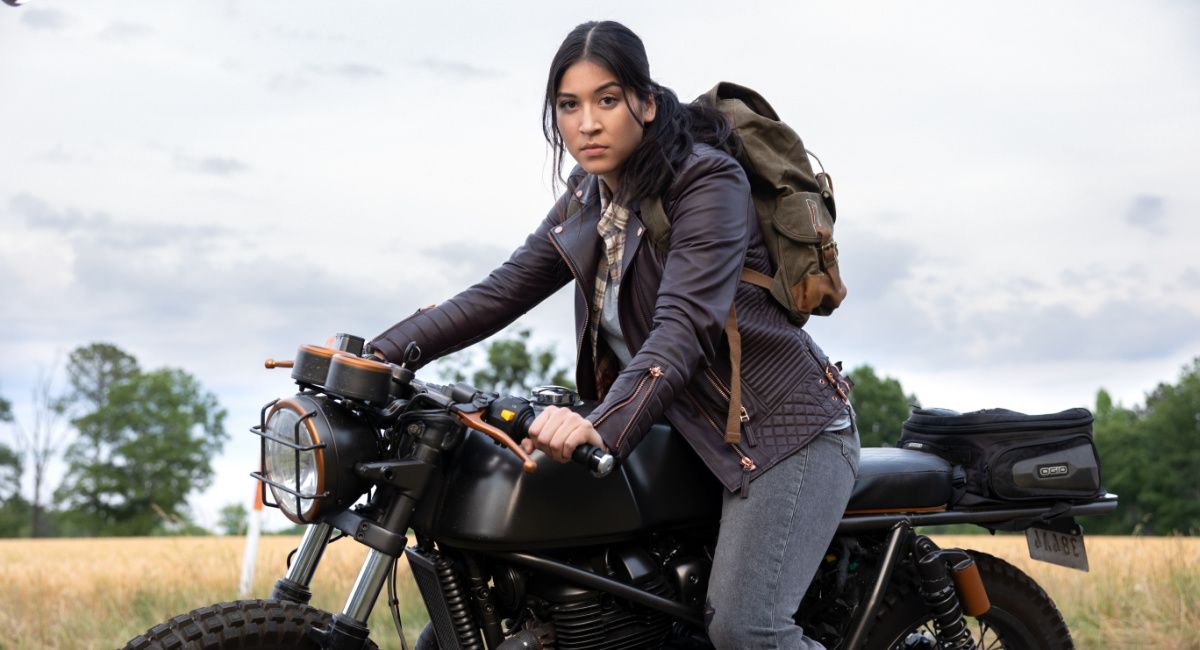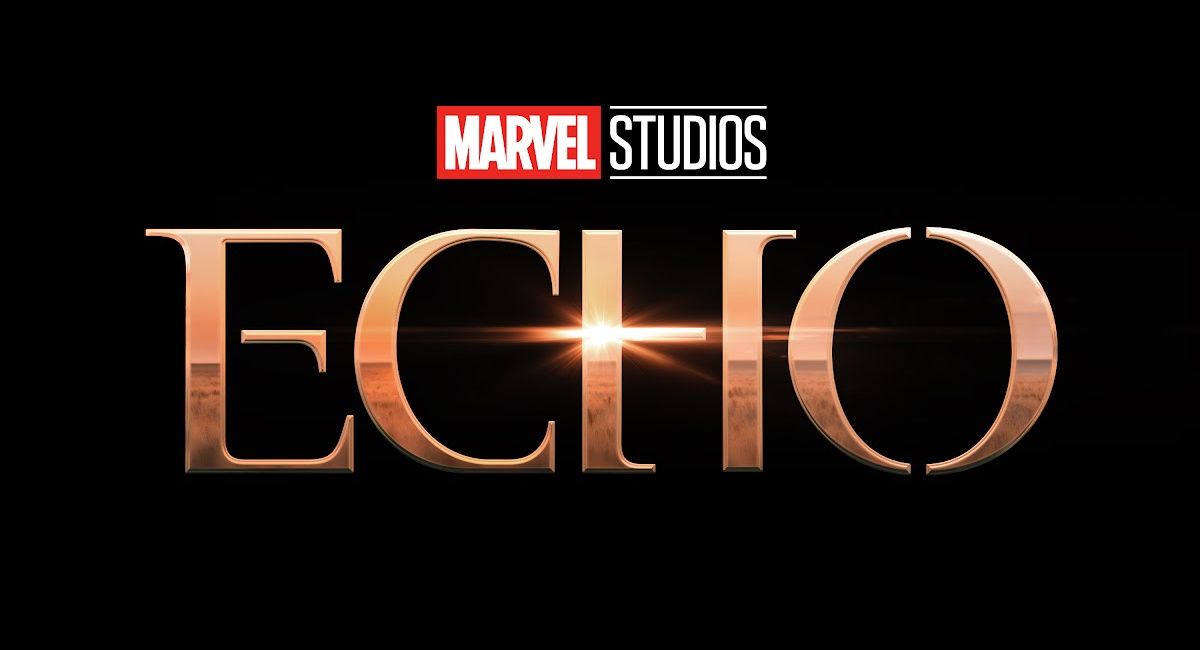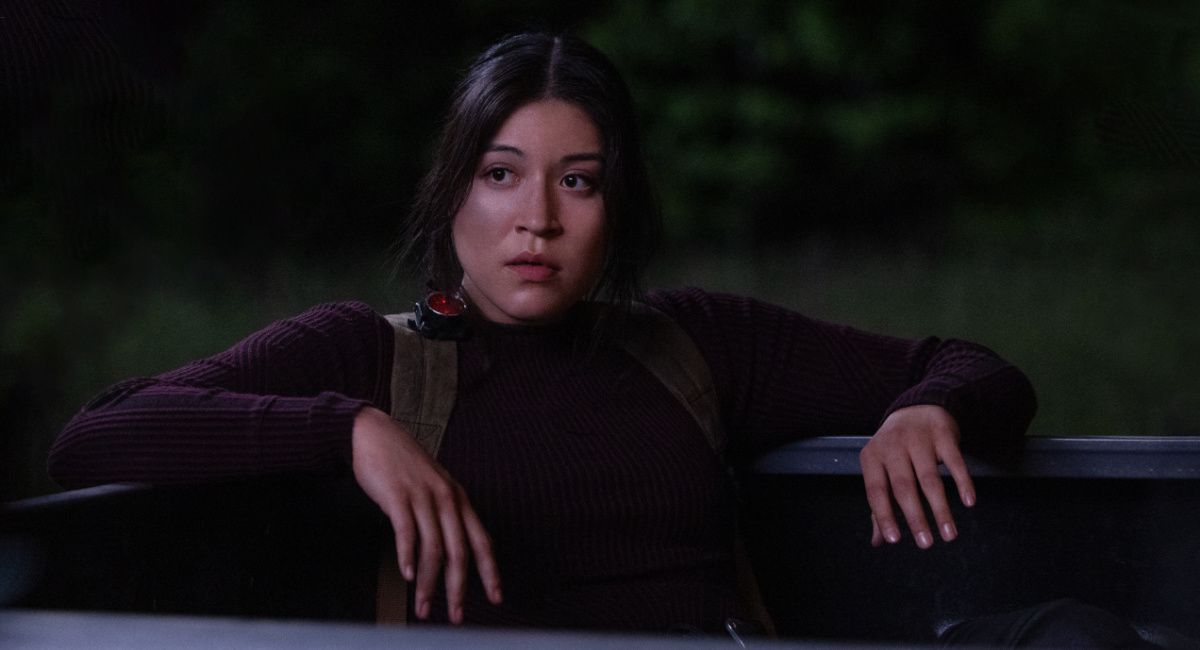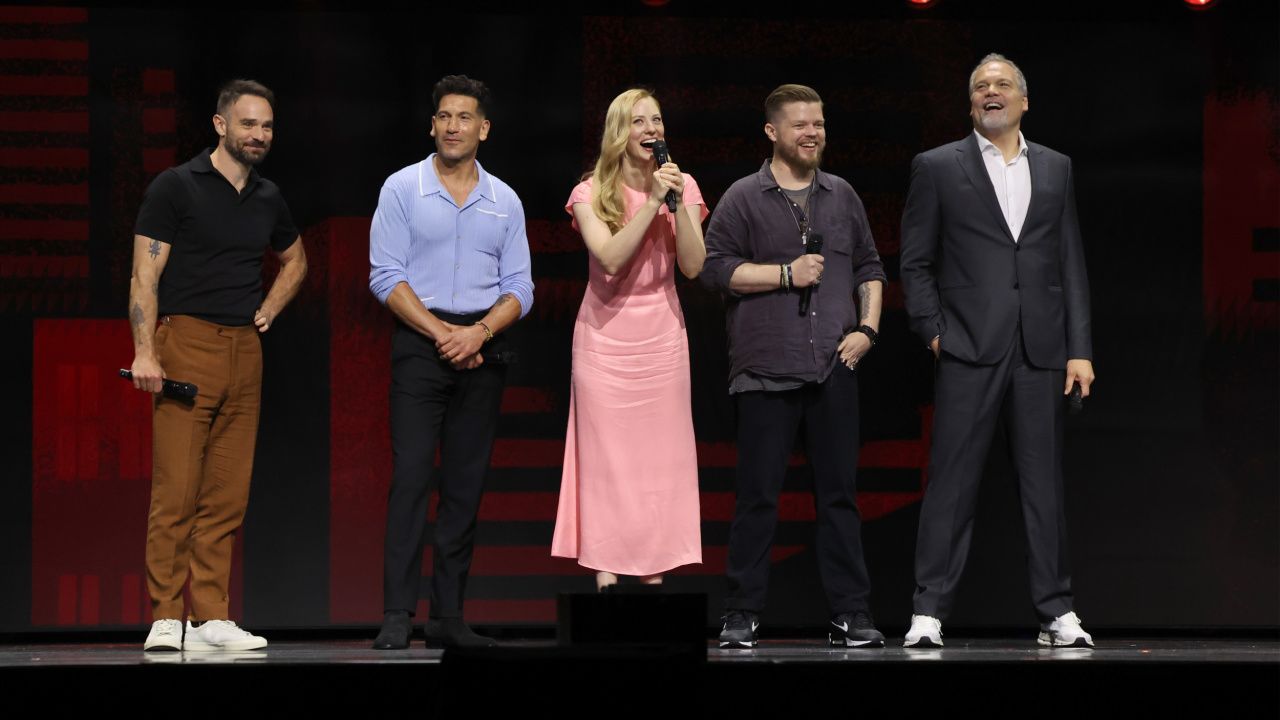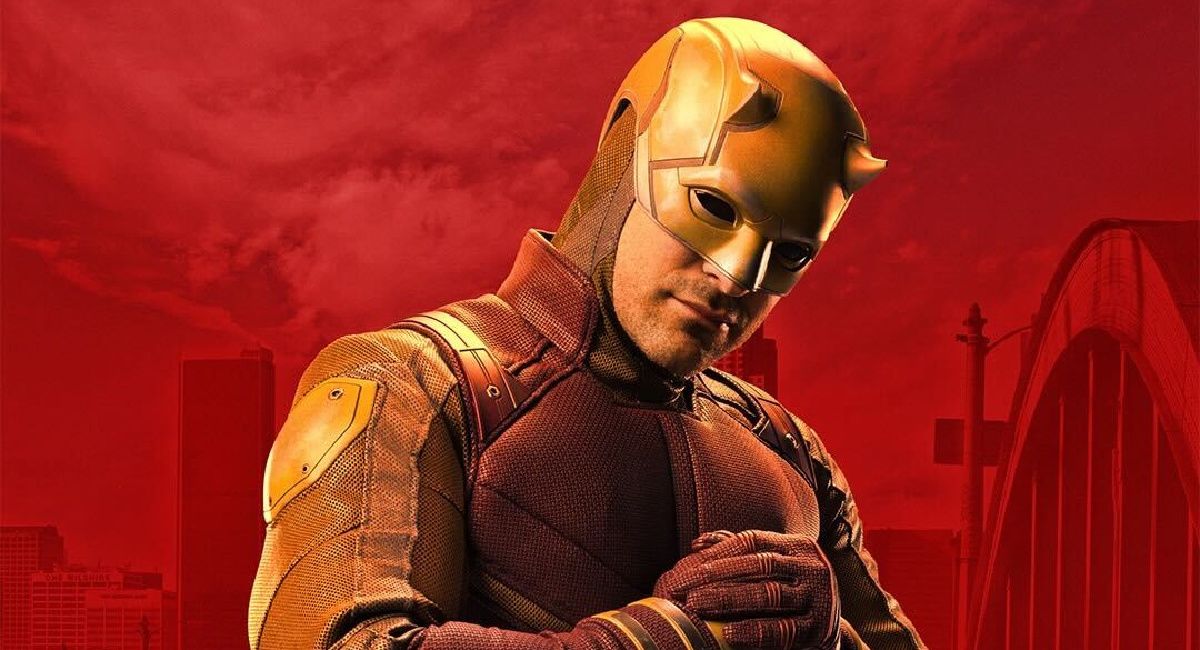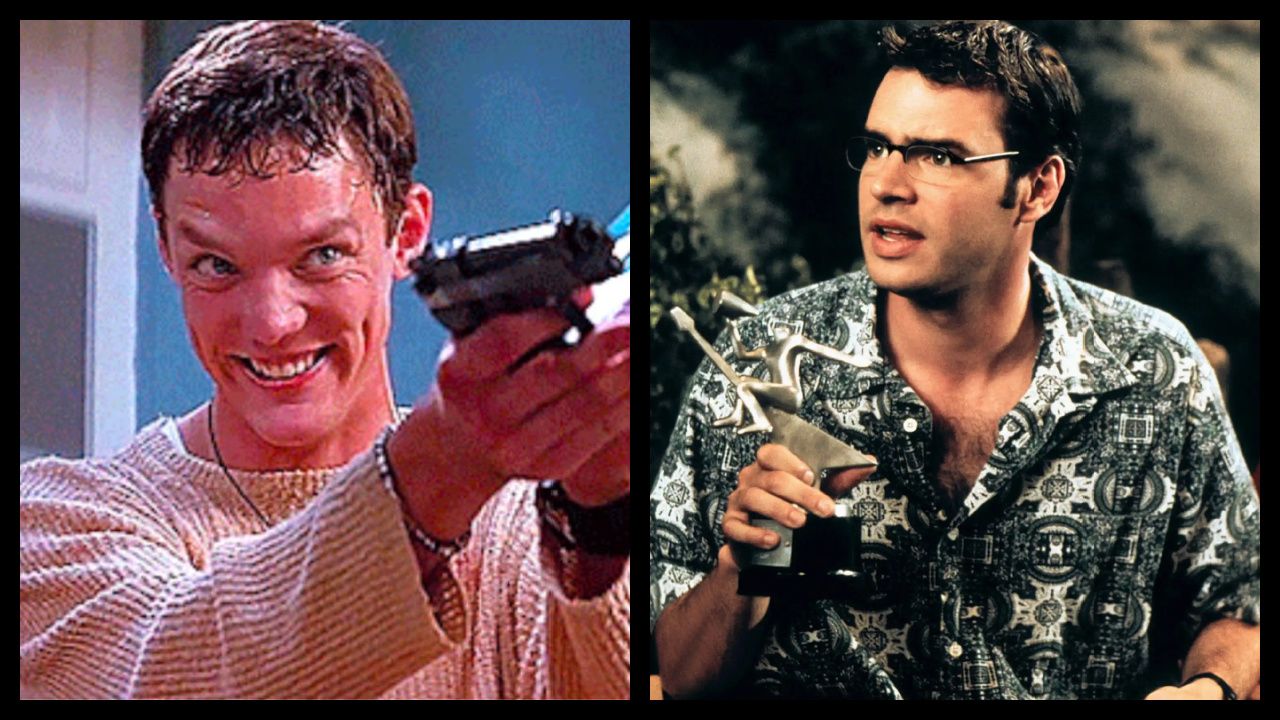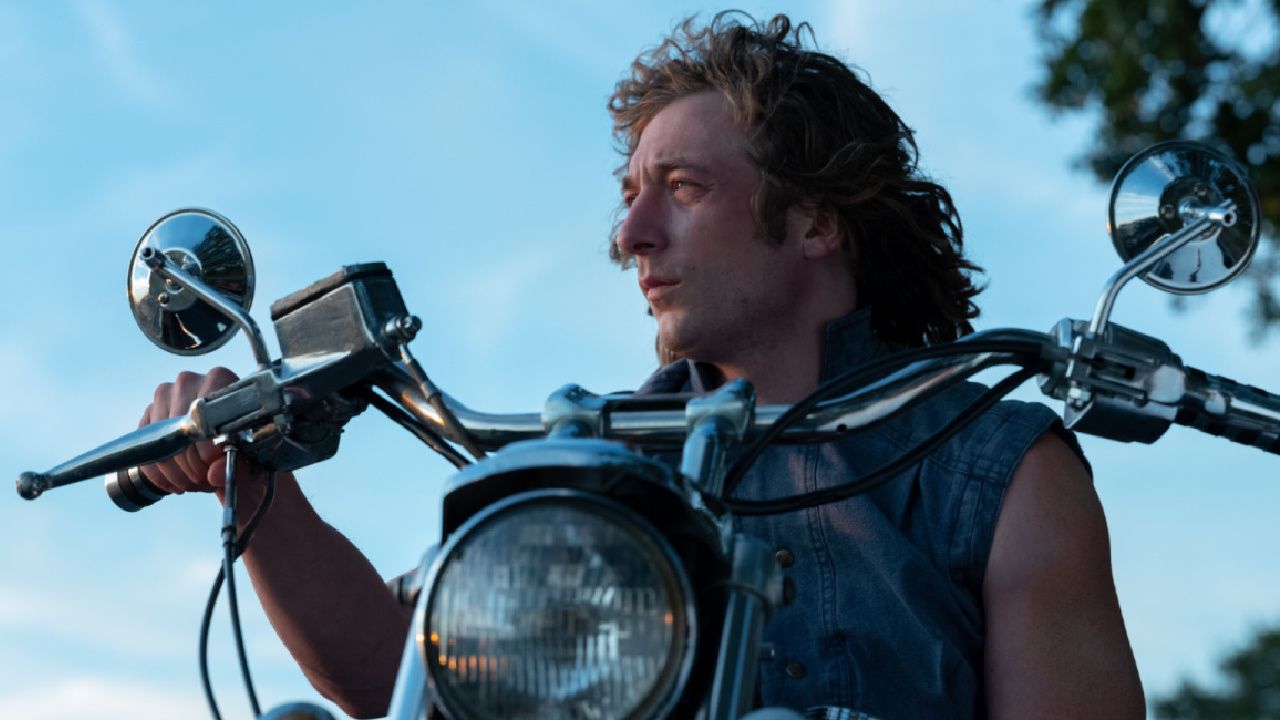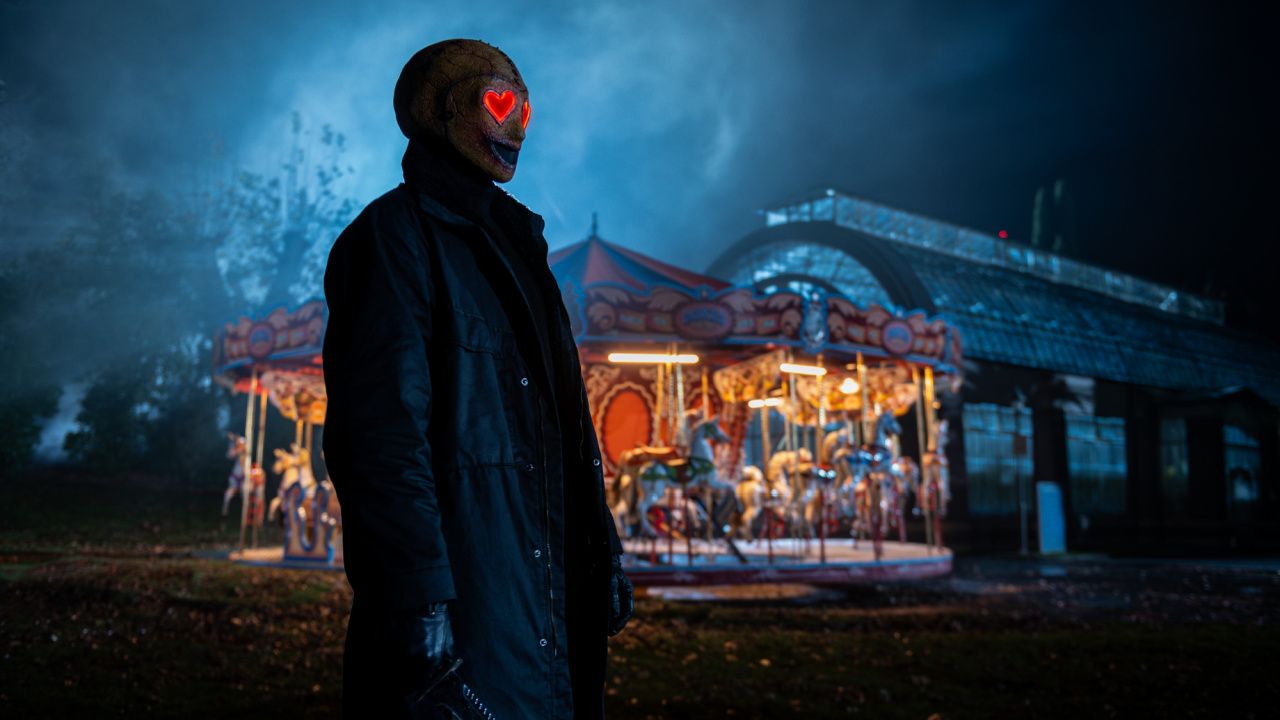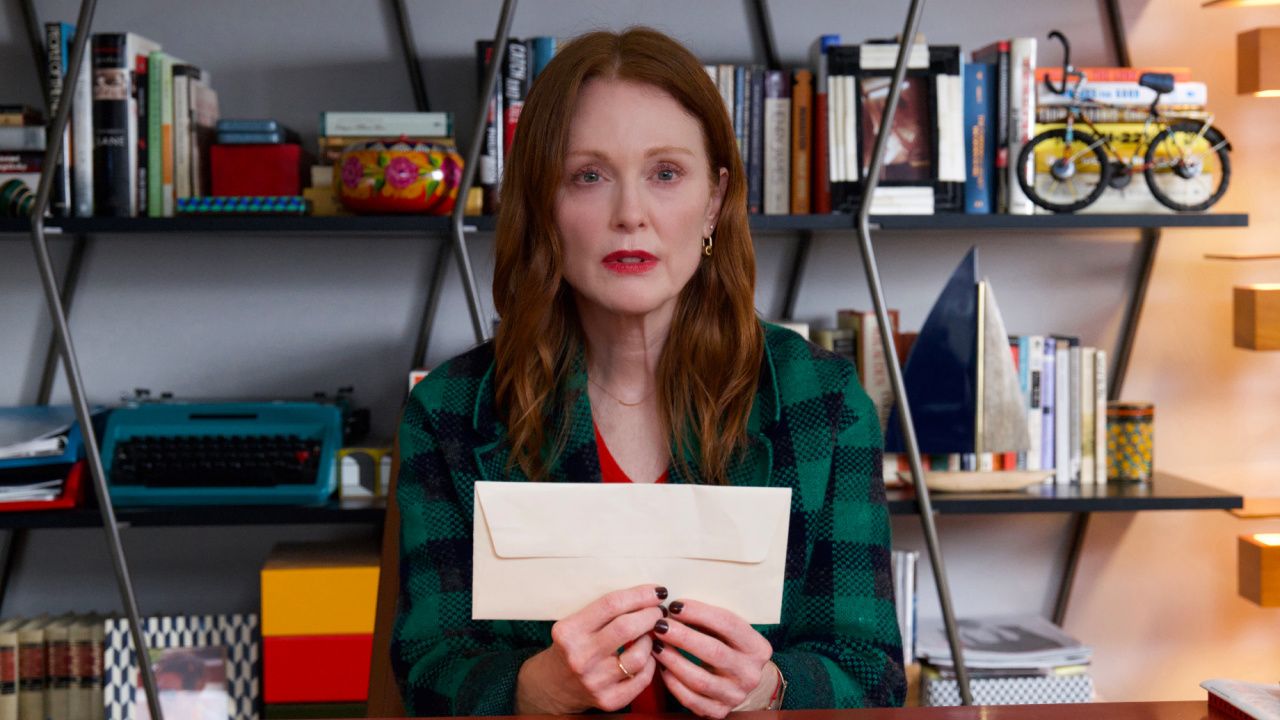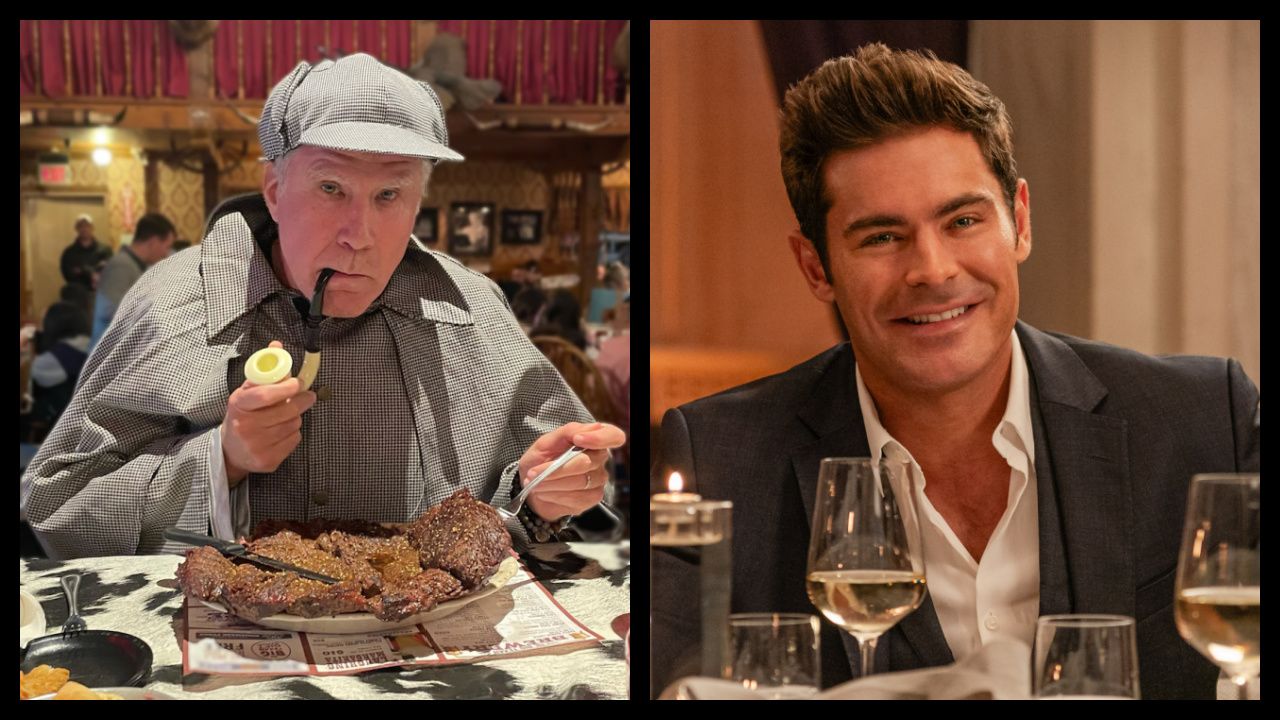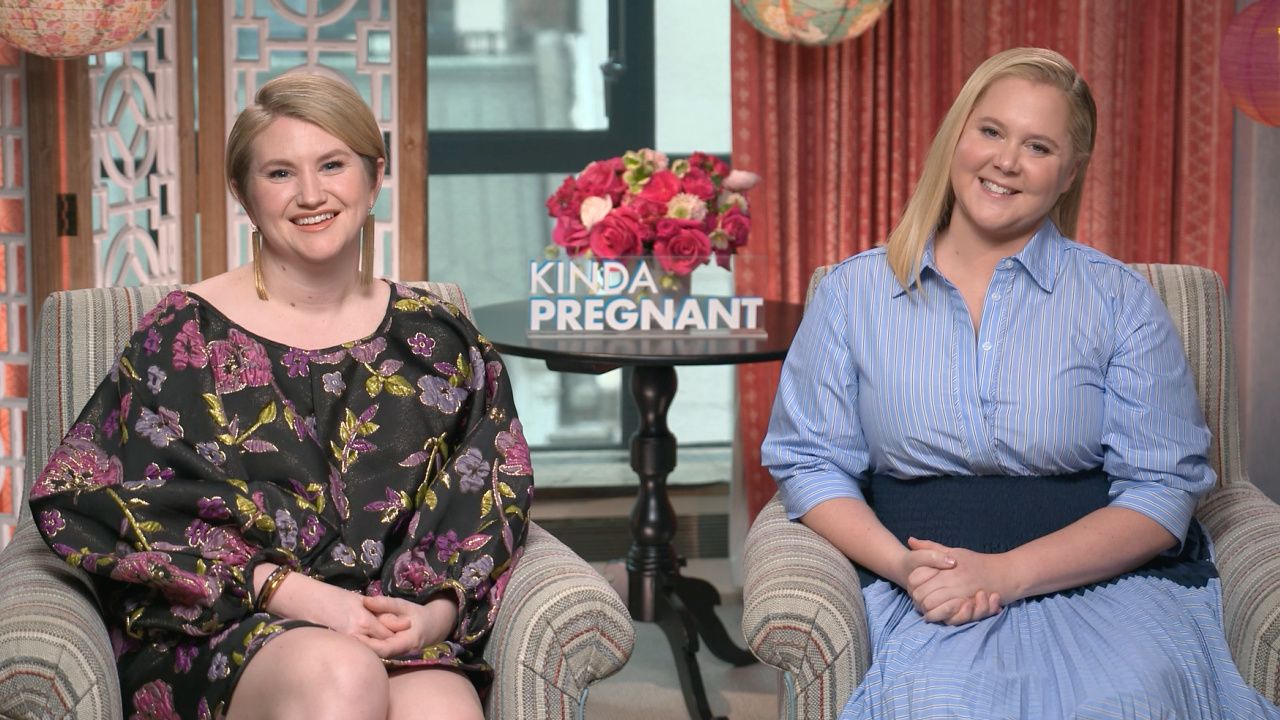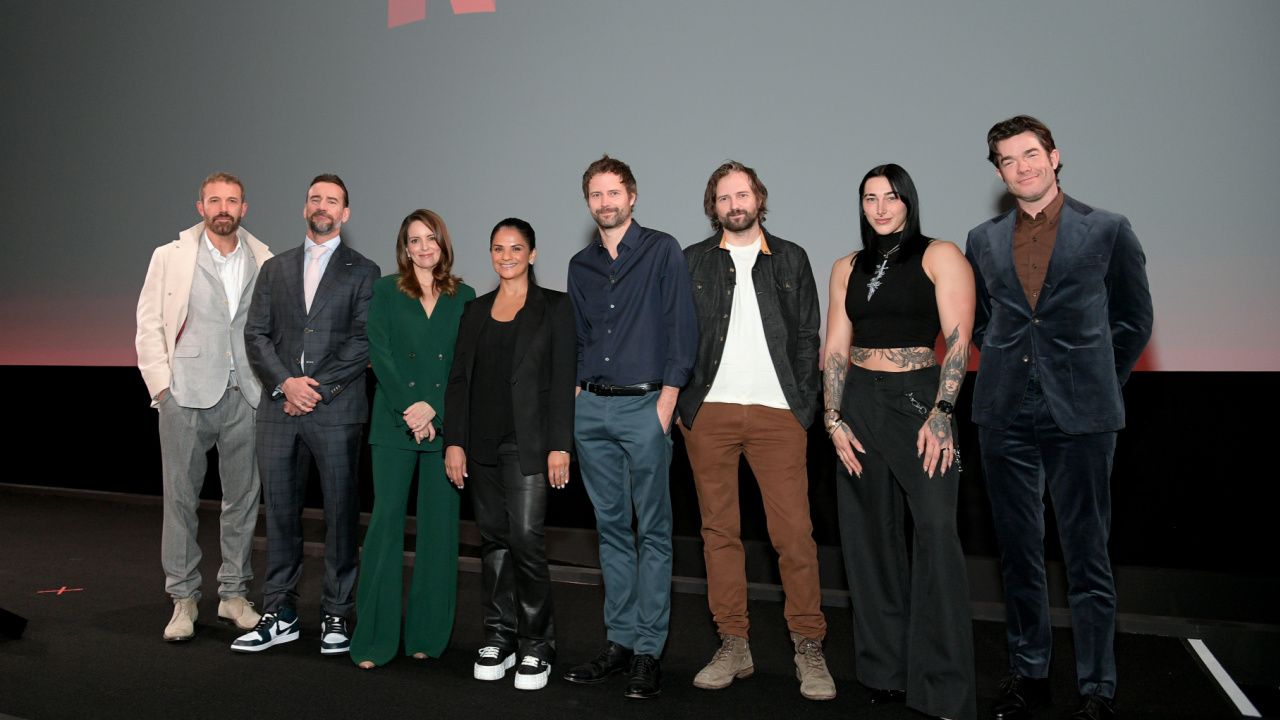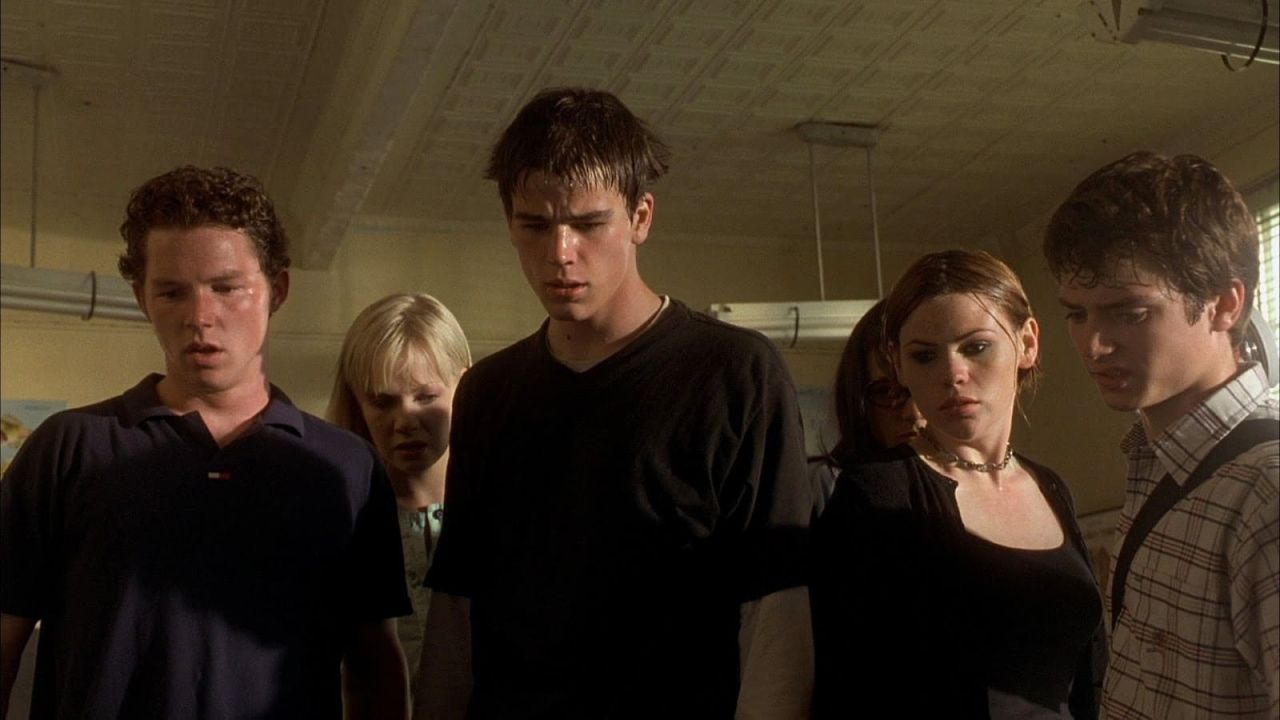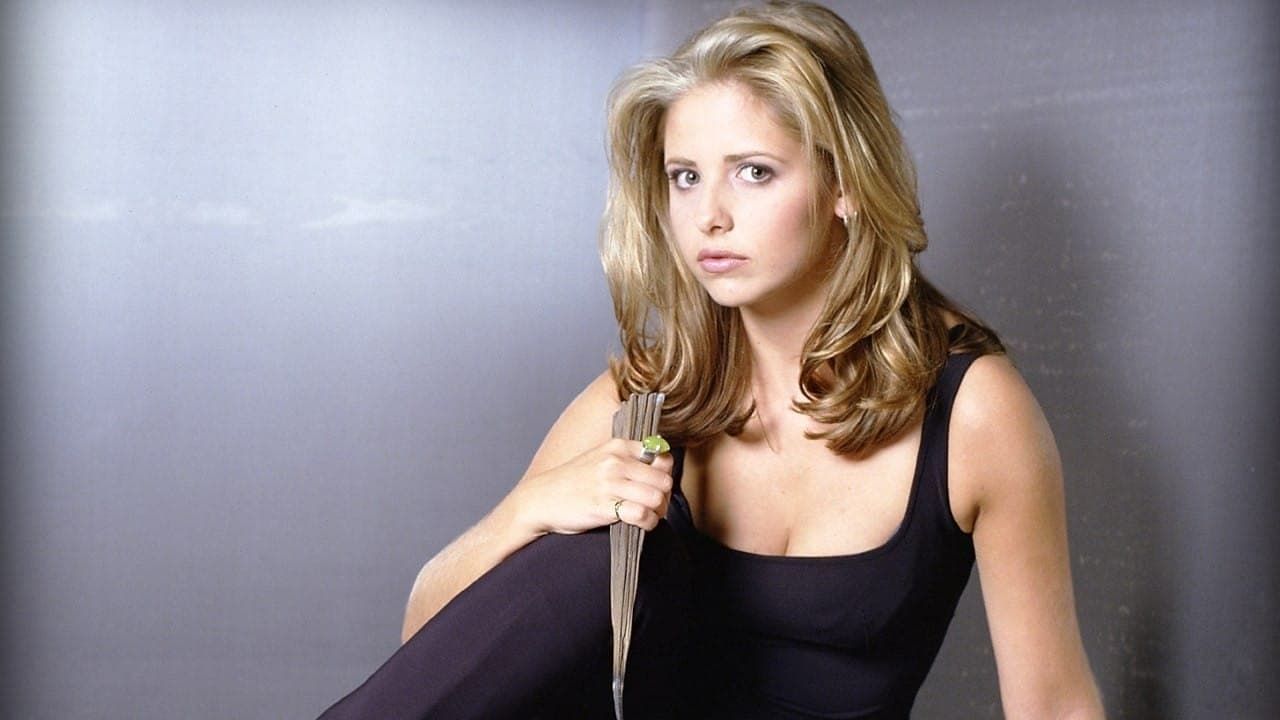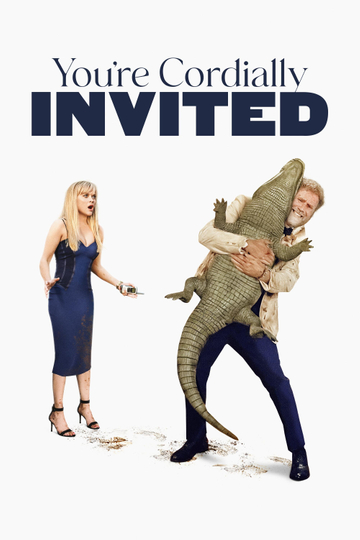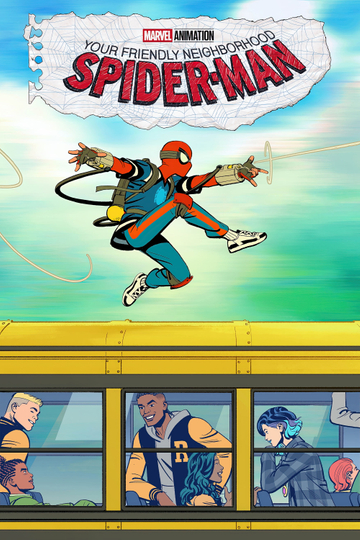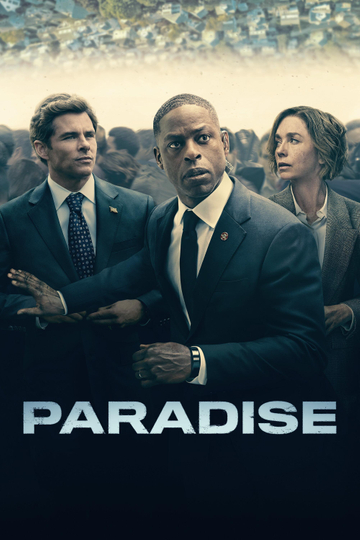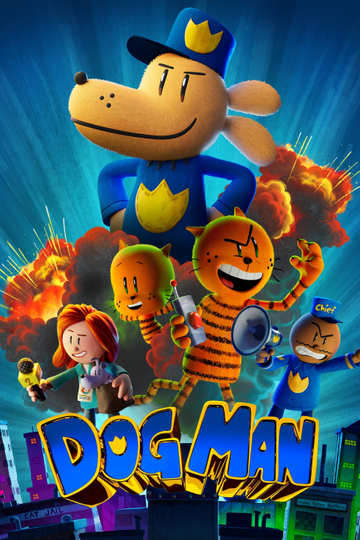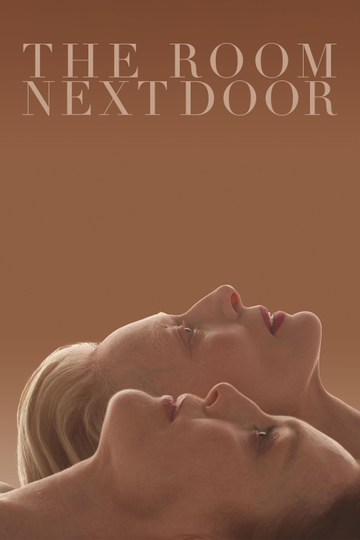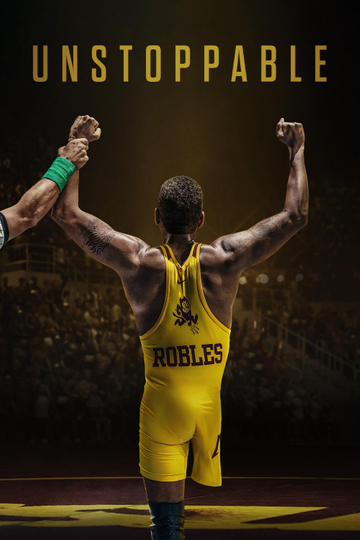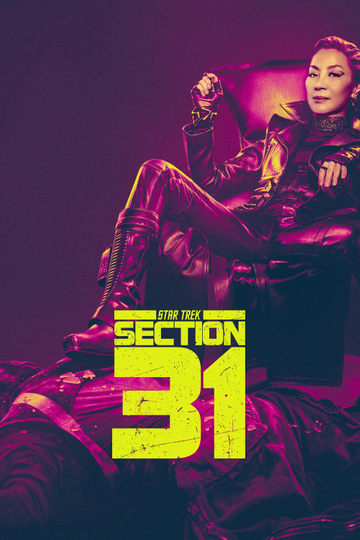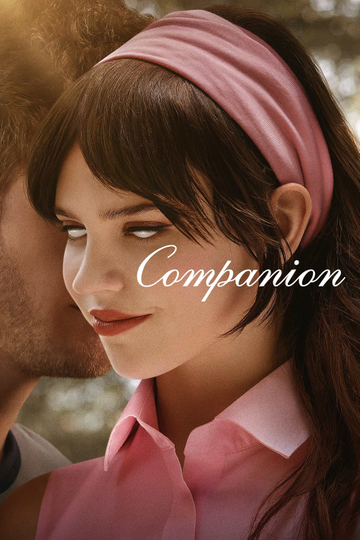18 Things You Never Knew About 'Men in Black'
"I make this look good," exclaimed Will Smith of the plain dark suit that was his uniform in "Men in Black." Indeed, he made it look not just good but effortless.
The sci-fi comedy released over 20 years ago (and the inspiration for this summer's "Men in Black International") solidified his reputation as the king of Fourth of July weekend releases. The release also launched a film franchise that earned $1.7 billion, and actually made Tommy Lee Jones seem funny.
Still, as many times as you've watched Smith and Jones save the planet from extraterrestrial bugs, there's a lot you may not know about how the film came together, who almost starred in it, and what it took to accomplish that remarkably icky effects and makeup work. Here are the facts:
1. "The Men in Black" originated as a six-issue comic book in 1990-91. Created by writer Lowell Cunningham and illustrator Sandy Carruthers, it was much darker in tone than the movie and centered on a secret agency that tangled with such supernatural menaces as demons and werewolves, not just aliens.
2. Producers Walter F. Parkes and Laurie MacDonald picked up the film rights as early as 1992. They wanted "Addams Family" franchise director Barry Sonnenfeld to shoot the movie, but when they approached him, he was already busy making "Get Shorty." They considered director Les Mayfield (the director of the "Miracle on 34th Street" remake), but ultimately, they delayed the film until Sonnenfeld was available.
3. The initial script involved locations all over America, but New York City-born Sonnenfeld decided to set most of the action in his hometown. He reasoned that New Yorkers wouldn't be fazed by aliens living among them, and that certain locations around the city looked otherworldly enough to be useful, from the 1964 World's Fair structures in Flushing Meadows-Corona Park (where the climax takes place) to the ventilation tower at the mouth of the Brooklyn-Battery Tunnel (which hides the entrance to the Men in Black HQ).
4.Clint Eastwood was the first choice to play Agent K, but he turned it down. Jones was a fan of the comic, but he didn't like the script. But Steven Spielberg, who'd come aboard as executive producer, persuaded Jones, assuring him that the script would be revised and improved.
5.Chris O'Donnell and David Schwimmer were both considered for Agent J; O'Donnell turned down the role because it seemed to him to be too similar to his Robin in the "Batman" movies.
6. Schwimmer was busy making his directing debut with "Since You've Been Gone." But the wives of both Sonnenfeld and Spielberg were fans of Smith, who accepted the role before "Independence Day" proved he could be a summer blockbuster leading man.
7. Similarly, Vincent D'Onofrio wasn't the first choice to play antagonist Edgar; John Turturro and B-movie icon Bruce Campbell had both been offered the part.
8. Legendary monster makeup artist Rick Baker came to "Men in Black" fresh from his work creating multiple guises for Eddie Murphy in "The Nutty Professor," a movie that would win him his fourth Oscar. But turning Murphy into a family of Klumps was a snap compared to the creature work he did for "Men in Black," which he described at the time as the most complicated productions he'd ever done.
He told Entertainment Weekly that the alien designs required more sketches "than I did in my whole career." One reason, he said, was the conflicting demands of producer Spielberg and director Sonnenfeld. "It was like, 'Steven likes the head on this one and Barry really likes the body on this one, so why don't you do a mix and match?' And I'd say, 'Because it wouldn't make any sense."
9. D'Onofrio had proved willing to go to extremes to alter his physique ever since packing on 70 pounds to play a disturbed Marine in "Full Metal Jacket" a decade earlier. But "Men in Black" may have pushed him even further. "We put Vincent through hell," Baker told EW, regarding the six hours it took each day to transform D'Onofrio into the decaying Edgar. "His eyelids were glued shut all day." The actor also came up with the idea of strapping his legs into stiff braces to create Edgar's lumbering walk.
10. The cockroaches used in the film were trained and kept in line by being tied together with tiny wires. The American Humane Association made sure none of the roaches was harmed. Squished roach guts were simulated using mustard packets.
11. Sonnenfeld complained that Jones ruined multiple takes by making laser-gun noises with his mouth whenever he had to act out shooting his weapon. Jones was apparently unaware he was doing this, but it made Smith laugh whenever the director caught his co-star making his own sound effects.
12. Two weeks before post-production ended, the filmmakers decided a subplot about the Baltian alien race had to go. Careful editing, subtitling of some alien dialogue, replacement of images on MIB computer screens, and re-recording of dialogue eliminated the Baltians entirely from the film.
13. Months into the shoot, Sonnenfeld decided that the original, talky ending wasn't working, so the filmmakers came up with several alternate endings before deciding on the action sequence they eventually used. The reshoots added $4.5 million to the budget.
14. "Men in Black" cost $90 million to make. It returned $251 million in North America and another $339 million overseas.
15. Smith won a Grammy for the movie's theme song. It was the former Fresh Prince's first solo success away from DJ Jazzy Jeff.
16. Baker won his fifth Oscar for the film's makeup. "MiB" was nominated for two other Academy Awards, for Danny Elfman's musical score and for production design.
17. Ray-Ban had a product placement deal for the use of its Predator 2 sunglasses as the shades the agents wear to shield themselves from neuralyzer rays. But the prop designers added a glare-reducing coating to the lenses that hid the logo, and Sonnenfeld cut from the film a line of dialogue identifying the brand. (In a sentence taken from Cunningham's comic, K was to have said, "That's why they call them Ray-Bans," but the director thought it was too on-the-nose.) Despite Ray-Ban's pleas, the filmmakers refused to restore any name-dropping of the brand into the movie. The only mention of Ray-Bans occurred in the lyrics of Smith's rap. Still, that was enough to send sales of the $100 shades soaring. Reportedly, sales increased three to fivefold, bringing in as much as $5 million.
18. In 2015, three years after Smith and Jones had enjoyed another worldwide hit with "Men in Black 3," MacDonald and Parkes announced they were developing a reboot of the franchise, a sequel that would see J passing the torch to a new, female agent -- that is, if Smith could be persuaded to appear a fourth time as J. That's better than the other rumored reboot pitch, one that would have involved a crossover with fellow Sony buddy-comedy franchise "21 Jump Street." Neuralyze that idea, please.
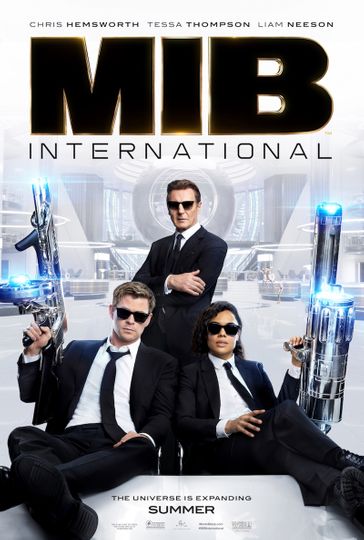
Men in Black: International












